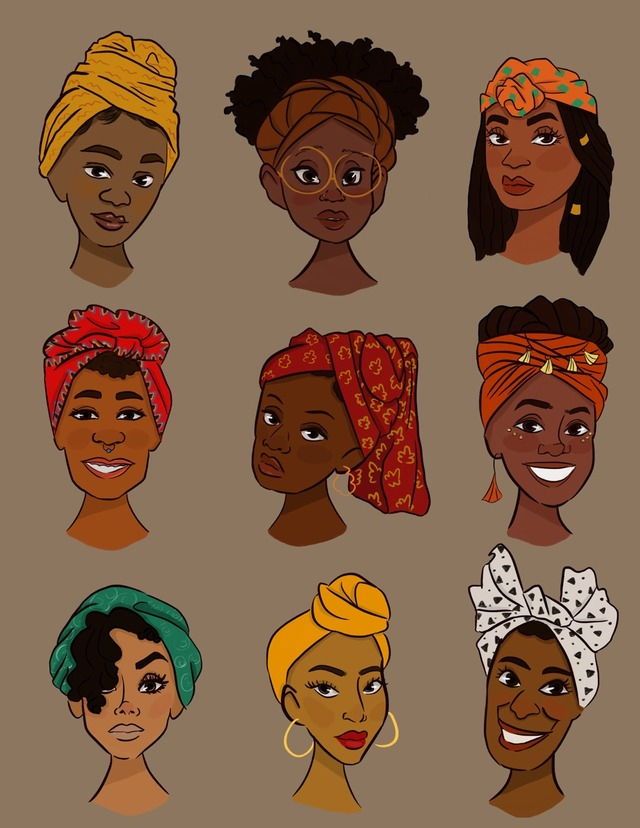Have you ever wondered where silk bonnets, scarves and all other forms of headwraps come from? They come straight from the motherland, Sub-Saharan Africa to be exact. These head pieces are worn as a way to display a woman’s wealth, relationship, mourning and much more.
During the Atlantic Slace Trade the practice of wearing headwraps became more of a necessity than a cosmetic practice. Women were forced to wear rags over their heads to protect their scalps from lice, sweat and dirt.
In the antebellum stages of history women took their rags and returned to using the headwraps as a sign of protest when Spanish colonial governor, Esteban Rodriguez Miró, forced them to wear turbans so that their exotic looks would not draw any excessive attention since the Spanish men were forcing relations with Black women. The women protested this by dressing their headwraps with jewelery, feathers and ribbons.
After the Civil War, wearing headwraps showed itself as a sign of inelegance or subjugation and eventually wearing them while at home was the most appropriate.
Eventually, in the ’70s women began to wear their headwraps once again as a nod to their ancestors, a way to protect their hair and to show that everything Black is beautiful.
Where, when and how headwraps are styled may represent wealth, ethnicity, marital status, mourning or reverence
.
